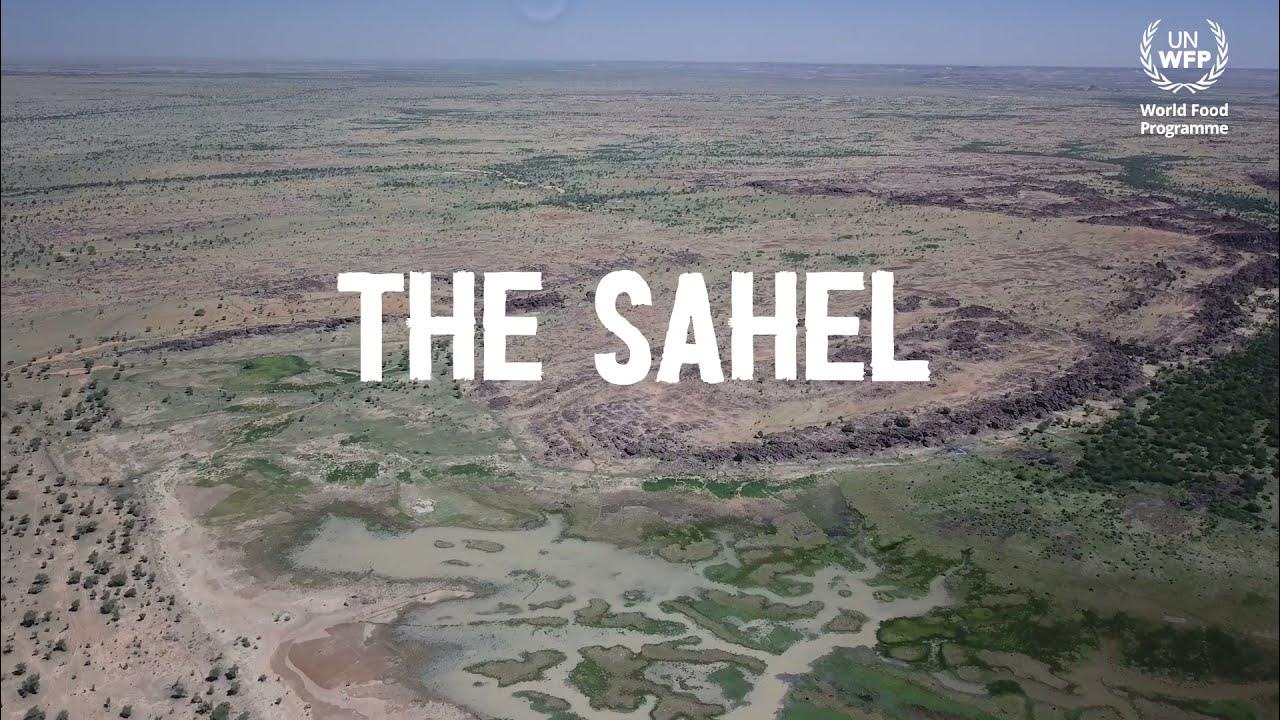Agroforestry, Tanam Jagung Sembari Jaga Kelestarian Hutan
Summary
TLDRPerhutani’s agroforestry program offers local communities access to forest land to grow various crops like corn, rice, and other food commodities. This initiative boosts land productivity while promoting forest conservation. The program helps prevent forest degradation by providing sustainable alternatives to traditional practices. In collaboration with the community, the project covers around 2,500 hectares, fostering economic growth while ensuring environmental stewardship. Since its launch in 2015, it has positively impacted the local economy and contributed significantly to national revenue. With over 80 members benefiting from this model, agroforestry has proven to be a successful and sustainable approach.
Takeaways
- 😀 Perhutani provides access to communities to utilize forest land more productively through the agroforestry program.
- 😀 The program allows planting of various food commodities such as corn, rice, and other crops, promoting land productivity.
- 😀 Agroforestry also serves as an effort to conserve forest areas and prevent damage to them.
- 😀 Since the beginning of Perhutani's existence, communities have been granted access to forest lands to plant food crops like corn.
- 😀 Specific locations, such as Plot 165b, are designated for agroforestry activities, including planting crops alongside forest trees.
- 😀 The use of land for agroforestry is managed under a 12-meter spacing regime, with certain areas reserved for forest trees and others for food crops.
- 😀 The program covers around 2,500 hectares, with local communities growing and harvesting crops like corn.
- 😀 Local communities involved in agroforestry have responsibilities to protect the forest trees from damage, ensuring the sustainability of both forestry and agricultural activities.
- 😀 Communities are required to pay for forest products they utilize, contributing to the Forest Resources Revenue (PNBP).
- 😀 Agroforestry has brought significant benefits to the surrounding farming communities, creating job opportunities and improving local income by offering alternative livelihoods to traditional forest clearing.
Q & A
What is the primary objective of the agroforestry program by Perhutani?
-The primary objective of the agroforestry program by Perhutani is to make forest land more productive by allowing local communities to utilize the land for planting various food commodities, such as corn, rice, and other crops, while also conserving the forest area.
How does agroforestry contribute to forest conservation?
-Agroforestry helps conserve the forest by providing an alternative livelihood for local communities, preventing the degradation of forest areas, and ensuring that the forest remains protected and sustainable in the long run.
What role does Perhutani play in supporting local communities?
-Perhutani provides access to forest land, enabling local communities, especially those involved in forest management (LMD), to utilize the land for planting crops. In return, these communities are tasked with maintaining the forest and ensuring its protection.
What is the significance of the 12-meter space mentioned in the program?
-The 12-meter space refers to the designated area for planting crops (polowijo) in the agroforestry program, which is planted alongside forestry trees such as eucalyptus. This model helps create a balanced environment where both forestry and agricultural crops can thrive.
What types of crops are typically grown under the agroforestry program?
-Under the agroforestry program, various crops, such as corn, rice, and other food crops (palawija), are grown alongside forestry plants like eucalyptus trees, which are used for producing essential oils.
How many hectares of forest land are being utilized for agroforestry activities?
-Approximately 2,500 hectares of forest land are being utilized for agroforestry activities, where local communities plant and harvest crops while maintaining the health of the forest.
What are the responsibilities of local communities involved in agroforestry?
-Local communities involved in agroforestry are responsible for maintaining the health of the forest and ensuring that the forestry trees are not damaged or disturbed. Additionally, they are required to pay a tax on the crops harvested, which contributes to state revenue.
How has the agroforestry program impacted local employment?
-The agroforestry program has provided local communities with employment opportunities, benefiting over 80 members who are involved in managing the forest land. This has contributed to the improvement of livelihoods and the local economy.
What changes have been observed in forest management since the implementation of agroforestry?
-Since the implementation of agroforestry, there has been a significant shift from traditional practices of clear-cutting forests to sustainable, long-term management. This approach allows for the continued use of the land without resorting to deforestation.
What financial contributions has the agroforestry program made to the national economy?
-The agroforestry program has contributed approximately 1.7 billion rupiah to the national economy in the current year, showcasing its positive economic impact alongside its environmental and social benefits.
Outlines

このセクションは有料ユーザー限定です。 アクセスするには、アップグレードをお願いします。
今すぐアップグレードMindmap

このセクションは有料ユーザー限定です。 アクセスするには、アップグレードをお願いします。
今すぐアップグレードKeywords

このセクションは有料ユーザー限定です。 アクセスするには、アップグレードをお願いします。
今すぐアップグレードHighlights

このセクションは有料ユーザー限定です。 アクセスするには、アップグレードをお願いします。
今すぐアップグレードTranscripts

このセクションは有料ユーザー限定です。 アクセスするには、アップグレードをお願いします。
今すぐアップグレード関連動画をさらに表示

Terobosan Penting! Agroforestry Tebu Mandiri dalam Rangka Dukung Program Ketahanan Pangan

Regreening the Sahel

Honduras Quesungual System

Menyimak Teks Argumentasi

Incredible 1.5-Acre Syntropic Food Forest with Over 250 Plant Species | The Food Forest Farmers

06. KHT - Ekosistem Repong Damar - Aspek Agroforestri Repong Damar
5.0 / 5 (0 votes)
